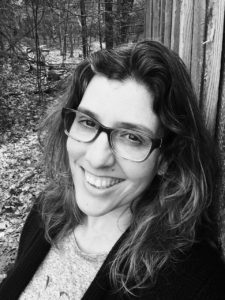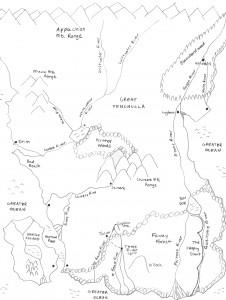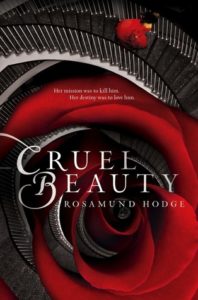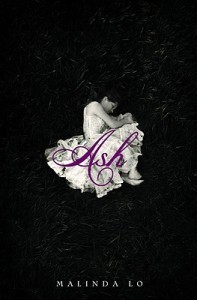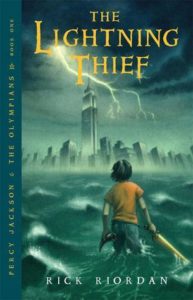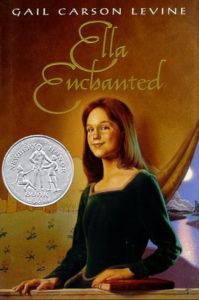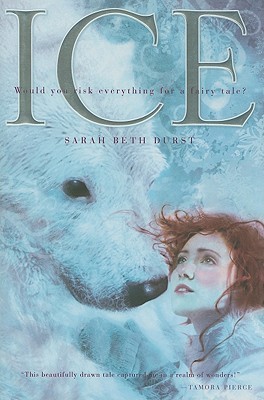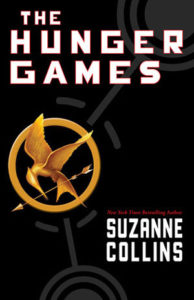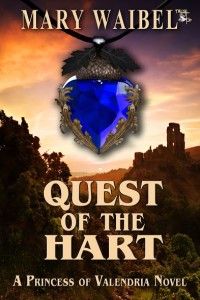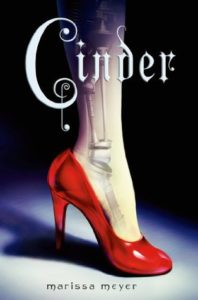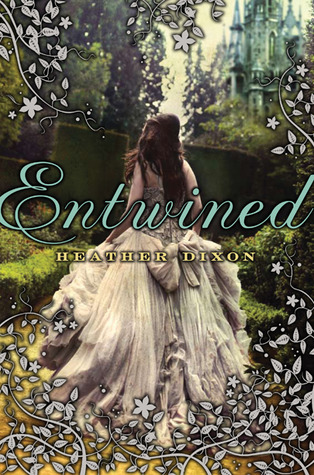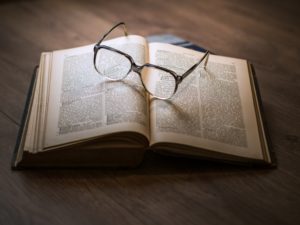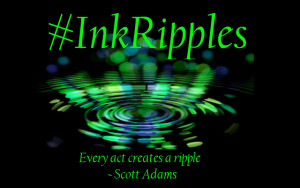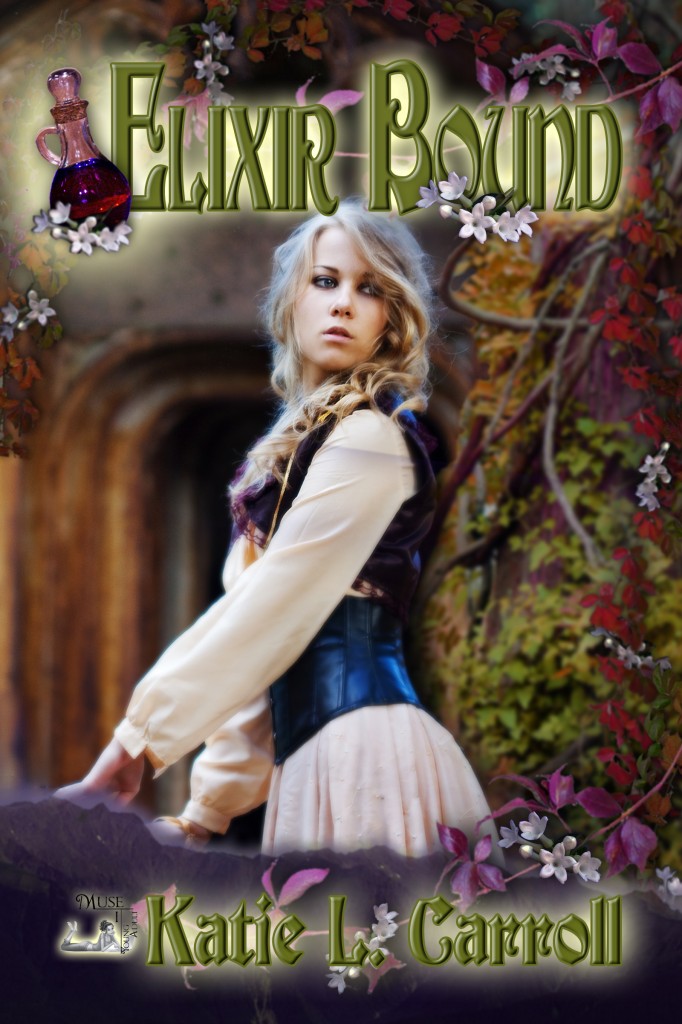It’s always fun when a writing friend has a new story out and I get to share it on the Observation Desk. Let’s give a big welcome to Juliana Spink Mills as she celebrates the release of her latest book, the YA urban fantasy NIGHT BLADE.
by Juliana Spink Mills
So you’ve written a novel, or novella, or short story. Well done! Now you get to the fun bit, where everyone asks you “what’s your story about?” Maybe you’ve memorized your blurb, or have a terrific ‘elevator pitch’. Hopefully you’re not like me, and don’t go red and stammer out, “uh, vampires and demons and sword stuff…?”
But what’s your story really about?
Every work of fiction has underlying themes – on purpose or accidentally – and these, to me, are the real story. Perhaps it’s tenacity, or courage, or the power of love. For instance, Harry Potter, for me, is a tale of belief. Believing in yourself, believing in your friends, trusting in the belief that your instincts are leading you in the right direction, no matter what other people say.
On the surface, my new YA urban fantasy novel Night Blade (book 2 of the Blade Hunt Chronicles) is a story of robbery and trickery, of ball gowns and politics. It has sword fights! Magic! A prophecy! Here’s the blurb:
In the aftermath of the Heart Blade’s return, Del and Rose have different roads to follow. One leads forward, the other to the distant past. Rose is on a mission to infiltrate and double-cross the ultimate heist, and retrieve a game-changing prize. Meanwhile, as the Court of the Covenant prepares to meet, Del has a quest of her own. She must untangle her lost identity or risk her entire future.
With the Blade Hunt prophecy in motion, darkness threatens to rise, and a new sword emerges from the shadows.
But halfway through writing Night Blade, I realized something. Both this book and the one before, Heart Blade, are actually about choices. Choosing your own path in life, rather than following the one you were set upon. Choosing right from wrong. Choosing your family, choosing your friends. Hard choices. Easy choices. And things that, at the end of the day, end up being no choice at all.
I didn’t set out to write a book series about choices. I wanted exciting fight scenes, some romance, cool supernatural elements, and maybe a car chase or two. But now that I’ve noticed it, I can see that the theme has been there from the start. Realizing this has given me a whole new perspective on my writing, and when my next project is done, before I begin revising, I plan to have a good hard look at it and figure out what my underlying theme is. That way, I can reinforce it when I get to the editing stage.
A writer might set out with something they want to push from the very beginning. Or, like me, that theme may emerge in a more organic way. However these themes come to permeate a work of fiction, they’re the backbone that the story builds upon.
What’s behind your stories? The ones you read or write? Why not try taking apart some of your personal favorites to figure out what’s beneath the words?
Buy HEART BLADE: http://hyperurl.co/HeartBlade
Buy NIGHT BLADE: http://hyperurl.co/NightBlade
Juliana Spink Mills was born in England, but grew up in Brazil. Now she lives in Connecticut, and writes science fiction and fantasy. She is the author of Heart Blade and Night Blade, the first two books in the young adult Blade Hunt Chronicles urban fantasy series. Her short stories have appeared in anthologies and online publications. Besides writing, Juliana works as a Portuguese/English translator, and as a teen library assistant. She watches way too many TV shows, and loves to get lost in a good book. Her dream is to move to Narnia when she grows up. Or possibly Middle Earth, if she’s allowed a very small dragon of her own. Find her on her website or Twitter @JSpinkMills.

